Striking, with their distinctive black and white stripes, zebras form part of the wonderful array of African wildlife that makes a visit to a national park or a hike through the mountains so fulfilling. A visit to an Etosha waterhole wouldn’t be the same without our attractive equine friends, nor would a walk through the Fish River canyon be as wild or wonderful without the clattering sound of hooves on rock as a zebra group escapes to the safety of a lofty vantage point.
Although a zebra has a unique pattern of stripes as each person has his/her own individual fingerprints, it is possible to distinguish between the two southern African species at a glance. (The third zebra species, the larger and more mule-like Grévy’s zebra, inhabits the semi-arid grasslands of Ethiopia and northern Kenya.) Burchell’s or plains zebra and mountain zebra have more than their environments to separate them.
The most obvious way to tell the difference between the two is by their stripes. The mountain zebra subspecies, Hartmann’s zebra, like the Cape mountain zebra of South Africa, has solid stripes while Burchell’s zebra, seen in abundance on the grasslands of Etosha National Park, has additional faint stripes superimposed on the white and referred to as shadow stripes. On closer observation, it will be noticed that the Hartmann’s zebra stripes don’t join on its stomach and continue down to its hooves, whereas Burchell’s stripes extend onto its underparts and often fade towards its hooves.
There are two more obvious differences. Hartmann’s zebra Equus zebra hartmannae has a grid-iron pattern across the top of its rump and a prominent dewlap on its throat. Equus burchellii lacks both of these features.
Sometimes overlapping, the two species favour different habitats. Burchell’s zebra prefers arid savannah with access to water, while Hartmann’s is found in central and southern Namibia in the rugged terrain of the mountain escarpment and adjacent flats.
Hartmann’s zebra live in small breeding groups of four to five animals comprising one stallion with his mares and foals. They are difficult to spot against their mountain terrain but evidence of their presence is seen in their kidney-shaped droppings, the zebra paths that meander up mountains and their rounded tracks that are etched into the dusty soil. A barking 'kwa-ah' alarm signal can sometimes be heard as a group agilely negotiates a koppie. The stallion stands for a few moments behind his family as the rear-guard before trotting off with the others.
The better known species, Burchell’s zebra, is more social than its shyer cousin, congregating in large groups where there is good grazing and often grazing alongside other species like blue wildebeest. Being habituated to people in Etosha, the herds provide ample opportunities for photographs and to observe wild equine behaviour.
These odd-toed ungulates are the quintessential African animal. Their apparent healthy plumpness even during drought, partly caused by the fermentation of bacteria in their gut, adds to our glimpses of an Eden from long ago. The feisty equids are hardy survivors in the fluctuations of the natural world where the eyes of predators are never far away. A new-born foal can stand within fifteen minutes and can run with the herd within hours of its birth. In addition to the protection that their striped patterning may allow, their powerful kick can deter a lion, break a jaw or kill a spotted hyena.

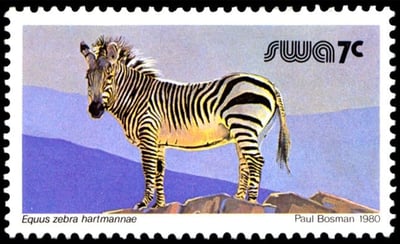
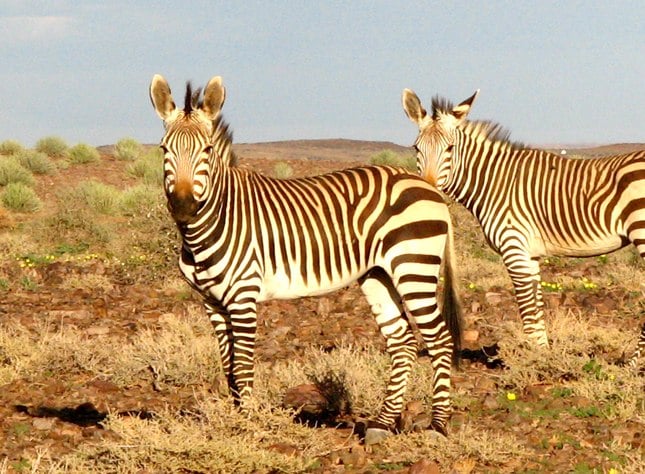
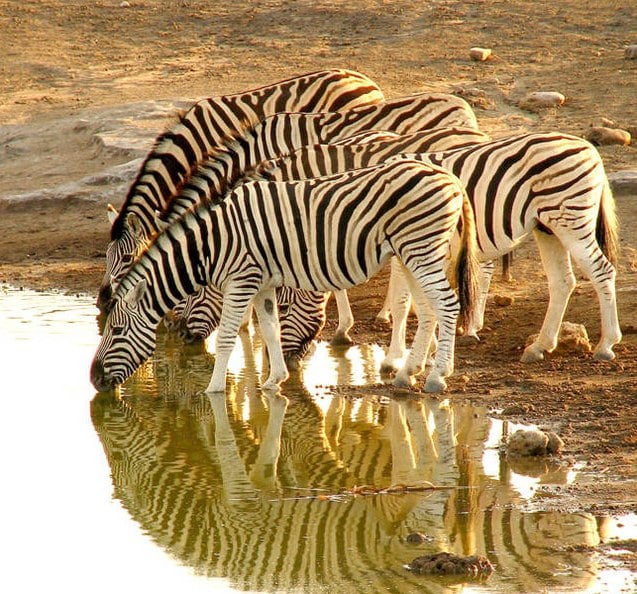

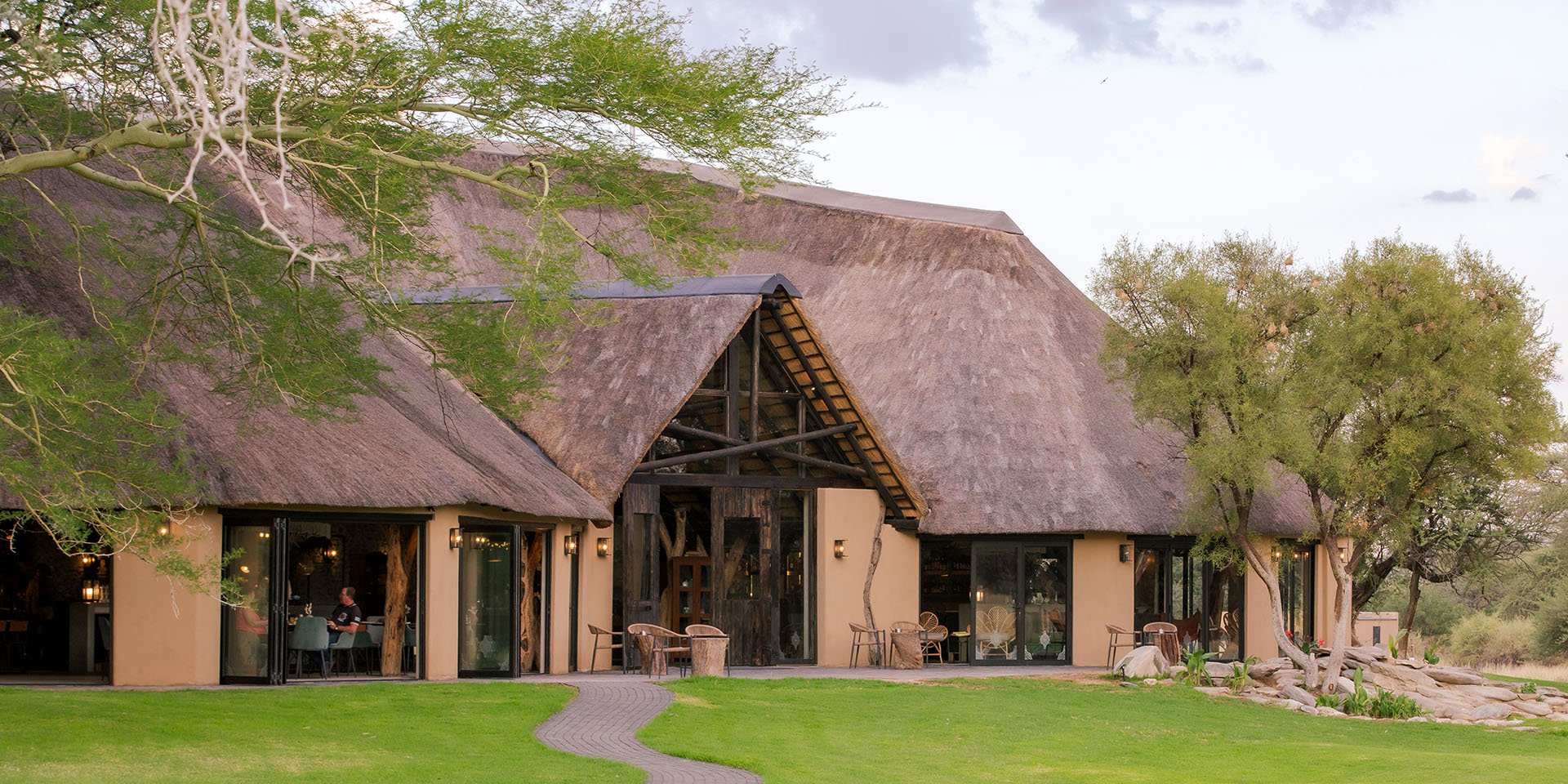
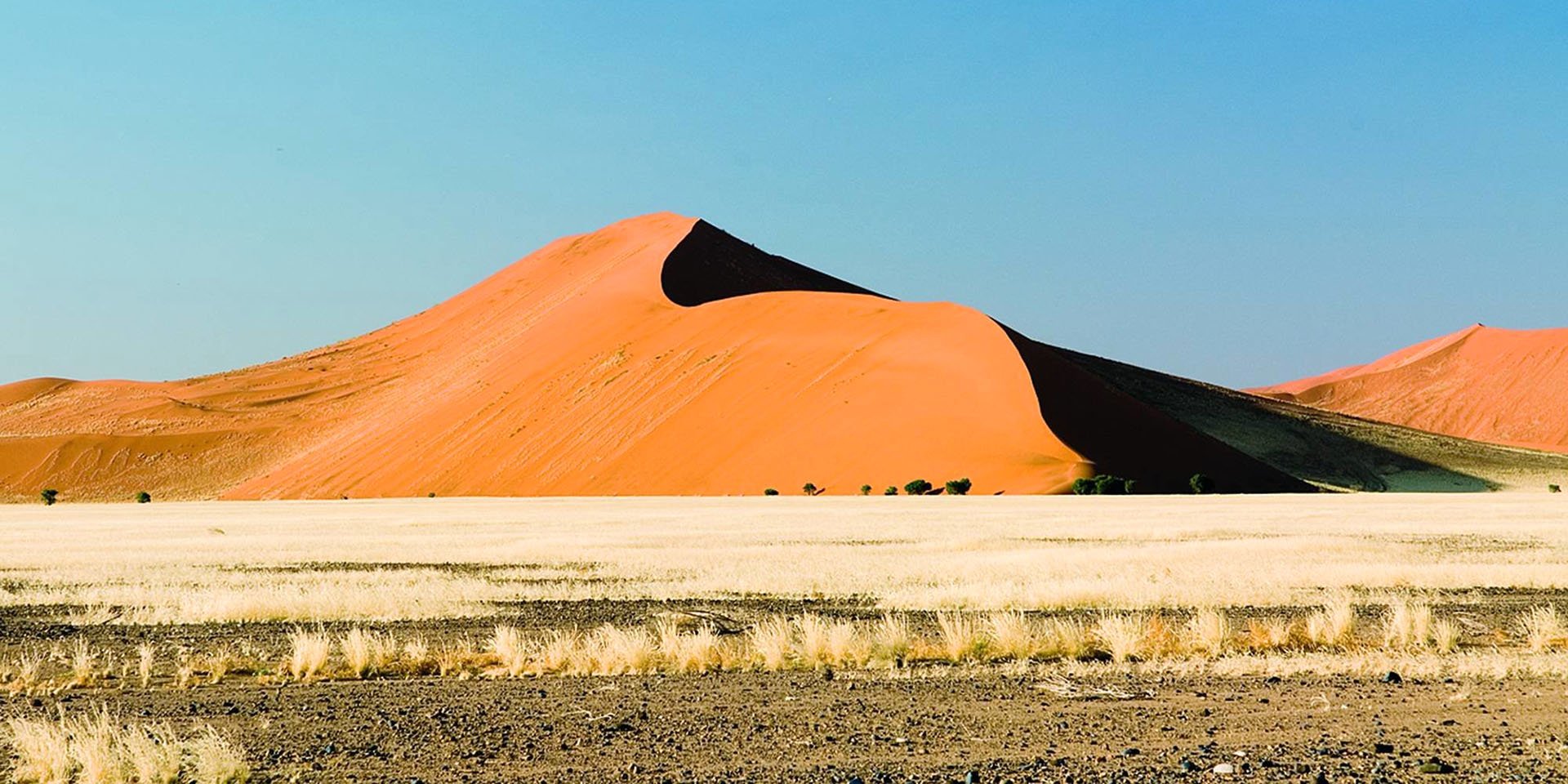

SUBMIT YOUR COMMENT